Caring for your feline friend involves more than just regular feeding and playtime; grooming plays a pivotal role in maintaining their health and happiness. For many cat owners, the question arises: can you use a slicker brush on a short hair cat? This comprehensive guide will delve into the nuances of grooming short hair cats, the tools that are best suited for them, and the techniques to ensure a pleasant grooming experience for your pet.
Key Takeaways:
- Understanding the specific grooming needs of short hair cats is crucial for their overall health.
- Slicker brushes can be used on short hair cats with the right technique and precautions.
- Selecting the appropriate grooming tools and establishing a routine are key to a healthy, shiny coat.
The Basics of Cat Grooming
Grooming is an essential part of a cat's life. It not only keeps their coat clean but also stimulates blood circulation, reduces the risk of skin issues, and minimizes hairballs. For short hair cats, grooming is just as important as it is for their long-haired counterparts. The primary goal is to remove loose hair and distribute natural skin oils throughout the cat's coat, which helps to keep the coat healthy and shiny.
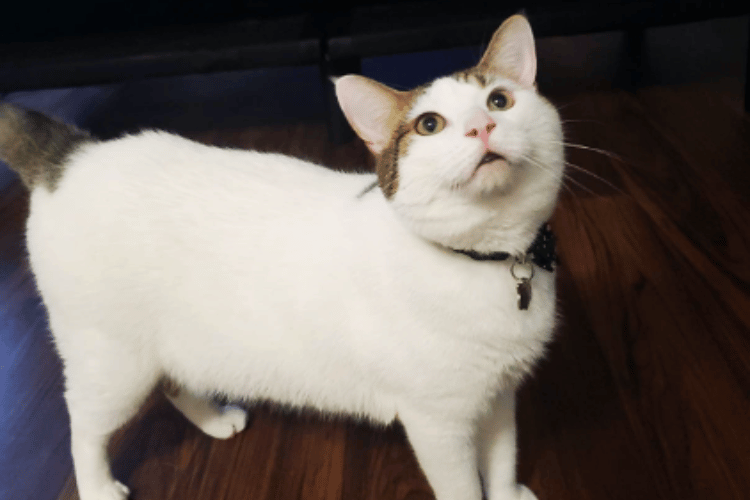
Short Hair Cats and Their Coats
Short hair cats, as the name suggests, have a coat that is typically easier to maintain than that of long haired cats. Their fur doesn't mat or tangle easily, but they still shed and can accumulate dirt and excess hair. Regular brushing sessions help to remove the dead hair and prevent it from ending up on your furniture or clothing.
Can You Use a Slicker Brush on Short Haired Cats?
A slicker brush is a popular grooming tool among cat parents, known for its fine, wire bristles that are effective in removing loose fur and preventing mats. While they are often associated with grooming long hair cats, slicker brushes can also be used on short haired cats with care. The key is to use a slicker brush designed for short hair and to apply gentle pressure to avoid irritating the cat's skin.
The Right Technique for Using a Slicker Brush
When using a slicker brush on a short hair cat, it's important to be gentle. Start by brushing in the direction of the hair growth, and use short strokes to avoid pulling the skin. The Hertzko Self Cleaning Slicker Brush is a great option as it has a fur ejector button that makes it easy to clean the brush head during grooming sessions.
Alternatives to Slicker Brushes for Short Hair Cats
While slicker brushes can be used on short hair cats, there are other tools that may be more suitable. A rubber brush or a soft bristle brush can effectively remove loose hair and distribute natural oils without the risk of scratching the cat's skin. The Aumuca Cat Brush with soft boar bristles is an excellent choice for sensitive cats.
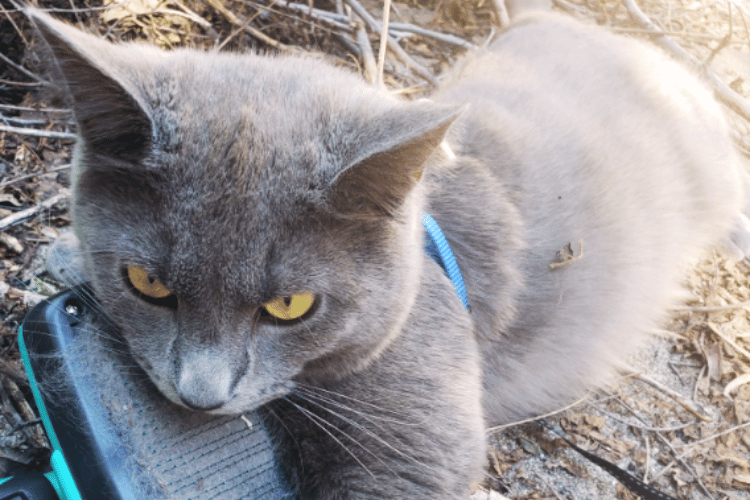
Understanding Different Brush Types
In addition to slicker brushes, there are several other types of cat grooming tools available. A pin brush can be useful for finishing touches, while a metal comb can help to remove any remaining loose fur. For cats that are particularly sensitive, grooming gloves can provide a more soothing experience.
The Importance of Regular Brushing Sessions
Brushing your cat regularly is vital for maintaining a healthy coat and preventing issues such as hairballs. For short hair cats, a brushing session once or twice a week is usually sufficient. This not only helps in removing excess fur but also provides an opportunity to check for any skin conditions or parasites.
Establishing a Grooming Routine
Creating a consistent grooming routine is beneficial for both the cat and the cat owner. It allows the cat to become accustomed to the process, making it less stressful over time. Additionally, regular grooming sessions can strengthen the bond between you and your furry friend.
When to Seek a Professional Groomer
While many aspects of grooming can be handled at home, there are times when the expertise of a professional groomer is necessary. If your cat's hair becomes matted or if you're unsure about how to handle a particular grooming task, it's best to consult a professional. They can provide services such as cat shampooing, nail trimming, and advice on the best cat brushes for your pet's coat type.
The Role of Diet in Coat Health
A cat's diet plays a significant role in the health of their coat. High-quality cat food that is rich in essential fatty acids can help to keep your cat's fur soft and shiny. Additionally, ensuring that your cat stays hydrated will support their skin's health and can reduce shedding.
The Significance of Hair Types in Grooming
When it comes to grooming, understanding the different hair types of cats is crucial for every cat parent. Short-haired cats typically have a single coat that lies close to their body, making it easier to maintain. However, they can still benefit from regular brushing to remove cat hair and distribute natural oils for a healthier coat.
On the other hand, long-haired cats have a more complex coat that includes a soft undercoat beneath the top layer. This can lead to matted fur if not properly cared for, emphasizing the need for a grooming tool that can reach the cat's undercoat without causing discomfort.
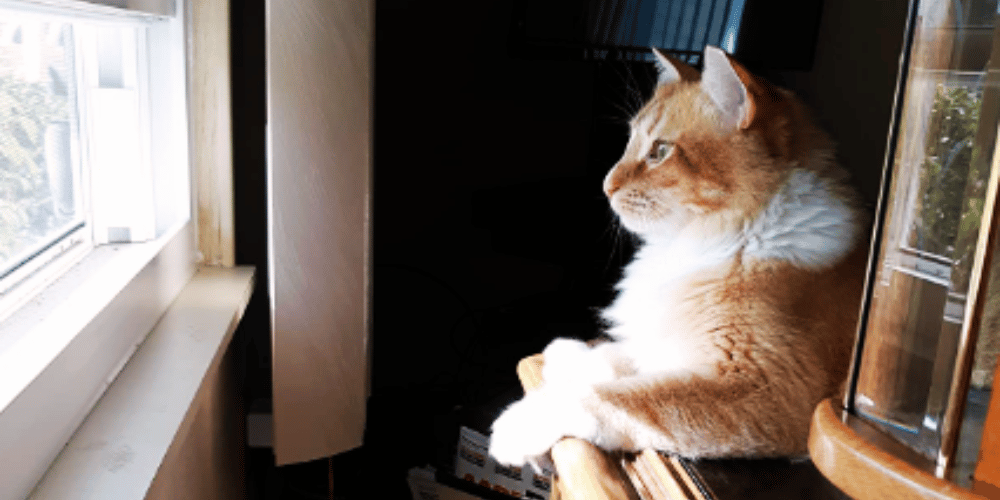
For short haired cats, a brush with soft bristles might be sufficient to keep their coat sleek and free of loose hair. In contrast, long haired cats often require a brush with fine teeth or stainless steel teeth to effectively manage their thick fur.
The best cat brush for a particular cat will depend on their specific hair type and grooming needs. Whether it's a double sided brush for versatility or a grooming glove for more tactile control, selecting the right tool can make all the difference in maintaining your kitty's coat and preventing the accumulation of collected hair around the home.
Grooming Techniques for Different Hair Lengths
When it comes to grooming, not all feline fur is created equal. The approach you take can vary significantly depending on whether you're dealing with a short haired cat or a long haired cat. For those with shorter coats, grooming is often about maintaining the sleekness of the cat's coat and preventing mats, which are less common but still possible. Gentle strokes that massage the cat's skin while removing loose cat's hair can be beneficial for circulation and overall skin health.
In contrast, long haired cats require a more meticulous grooming strategy to manage their luxurious locks. Their cat's undercoat can become tangled and matted if not properly cared for. It's essential to use a brush that can reach all the hair, including the undercoat, without causing discomfort. Regular detangling and careful attention to areas prone to knotting, such as under the arms and around the collar, will keep your kitty's coat looking its best.
Exploring the Layers of a Cat's Coat
Cats are fascinating creatures, and their coats are no less intriguing. A cat's coat is not just a single layer of fur; it consists of a protective topcoat and a softer, insulating undercoat. The topcoat, made up of guard hairs, helps to repel water and protect the kitty's skin from injuries and the elements.
Meanwhile, the undercoat serves to keep the cat warm, acting as a thermal layer. Understanding the structure of your cat's coat can help you choose the right grooming tools and techniques to maintain its health and shine.
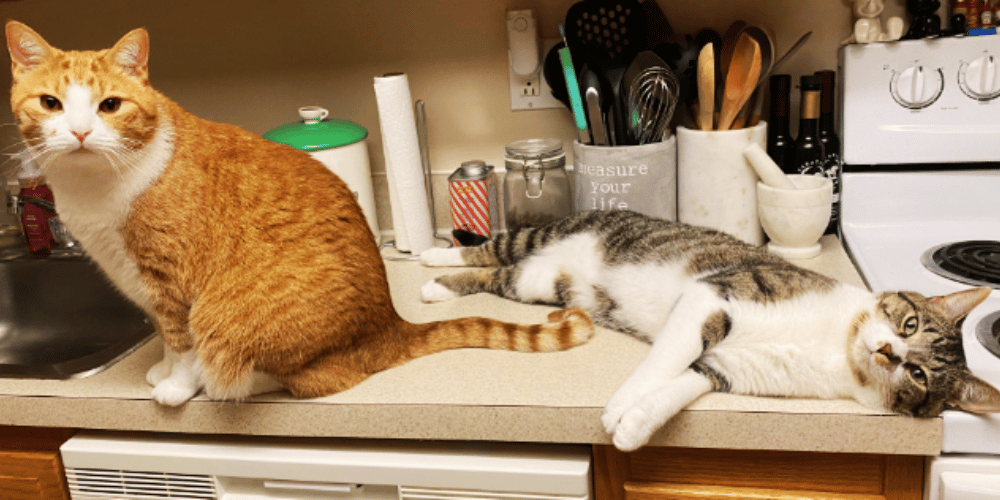
When it comes to grooming, the undercoat is particularly important. It's where mats and tangles can form if not properly cared for. Regular brushing helps to remove loose hairs from the undercoat, preventing these issues and reducing shedding around the house.
For short-haired cats, using a brush that can reach the undercoat without irritating the skin is crucial. This is where a slicker brush, with its fine, closely-spaced wires, can be effective if used gently, as it's designed to penetrate through the topcoat to the undercoat beneath.
Nurturing Your Cat's Skin Health
Caring for your cat's skin is as crucial as maintaining the luster of their coat. A healthy kitty's coat begins with the skin, the largest organ that acts as a barrier against environmental hazards. To ensure your cat's skin remains in top condition, consider adding supplements to their diet that promote skin health, such as omega fatty acids.
These can be found in specially formulated cat foods or as separate supplements. Regular checks for signs of irritation, redness, or flaking are also vital. If you notice any abnormalities, it's essential to consult your vet, as these could be indicators of allergies or other skin conditions.
Moreover, the products you use during grooming sessions can significantly impact your cat's skin health. Opt for gentle, cat-specific shampoos that preserve the natural oils in your cat's skin and avoid overbathing, which can lead to dryness and irritation.
After a bath, ensure your cat is thoroughly dried to prevent any dampness that could cause skin issues. A well-maintained cat's skin supports a healthy, shiny coat and contributes to their overall well-being.
The Intricacies of a Cat's Undercoat
The undercoat is a dense layer of fluffy, soft fur that lies beneath the sleeker topcoat of a cat's fur. This layer plays a critical role in temperature regulation, keeping your cat warm in the winter and cool in the summer. When grooming, it's essential to reach this undercoat to prevent matting and reduce shedding. Tools like undercoat rakes or de-shedding brushes are designed to gently remove loose hair from this layer without harming your cat's skin.
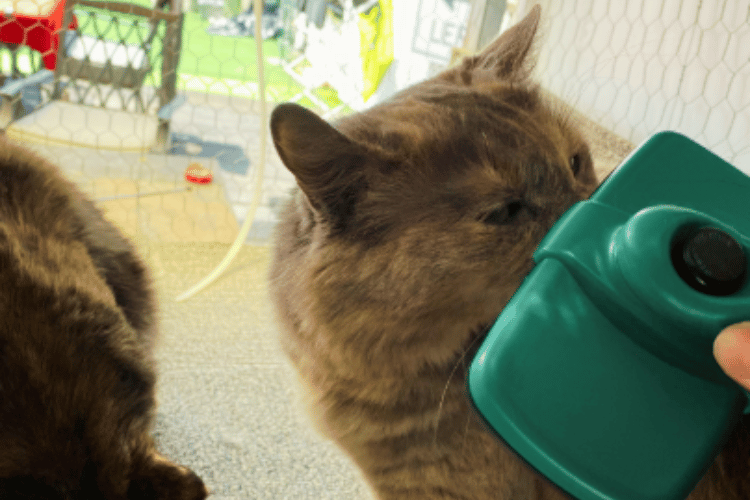
Understanding the dynamics of your cat's undercoat can also guide you in choosing the right grooming tools and frequency of grooming sessions. For instance, during peak shedding seasons, you might need to increase the frequency of brushing to help manage the excess hair and minimize hairballs.
Remember, while the topcoat is what you see, the undercoat is what often requires the most attention to keep your cat's coat healthy and manageable. Regular grooming not only keeps the undercoat in check but also distributes natural oils throughout your cat's fur, enhancing the shine and health of their overall coat.
The Protective Role of a Cat's Fur
A cat's fur does more than just make them look adorable; it serves as a first line of defense against various environmental factors. The condition of a cat's hair can be a reflection of their overall health. Healthy fur is usually smooth and shiny, indicating that the kitty is well-nourished and free from skin diseases. On the other hand, dull, brittle, or patchy fur can signal nutritional deficiencies or health issues that may require a vet's attention.
Moreover, the fur helps to protect a cat's skin from sunburn and temperature extremes. In the summer, the lighter topcoat reflects sunlight, while the undercoat can thin out to help the cat stay cool. Conversely, in the winter, the undercoat becomes denser to provide extra warmth.
Regular grooming helps to adapt the cat's coat to these seasonal changes, ensuring the kitty's coat remains a reliable shield. By maintaining a consistent grooming routine, you're not only keeping your cat's coat in top condition but also monitoring their health and well-being.
The Science Behind Cat Fur
Understanding the structure of your cat's fur can greatly enhance your grooming practices. A cat's coat is not just a single layer; it's a complex system designed to regulate temperature and provide protection. The top layer, or guard hairs, are what we typically see and feel. Beneath this is the denser cat's undercoat, which insulates the cat and can be prone to shedding, especially during seasonal changes.
Each strand of cat's hair has its own growth cycle, which includes shedding. This is why even a short haired cat can leave a surprising amount of fur on your furniture. The kitty's coat also contains oils that keep it waterproof and shiny. When grooming, it's important to distribute these oils throughout the cat's coat to maintain its health and sheen. Brushes that are too harsh can strip these oils and irritate the cat's skin, so choosing the right tool and technique is crucial.
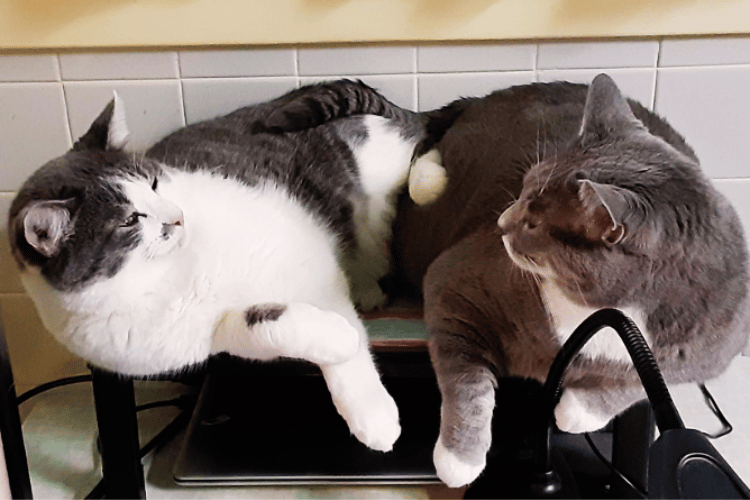
Mastering the Art of Bathing Your Cat
Bathing your cat can be a daunting task, but it's an essential part of maintaining a clean and healthy coat, especially if your feline friend gets into something particularly messy. While not all cats require frequent baths, using the right cat shampoo can make the process much smoother.
It's important to choose a shampoo formulated for cats, as their skin has different pH levels compared to humans. For cats that are averse to water, there are waterless shampoos and wipes that can help in removing loose hair and keeping their fur fresh.
For those occasions when a full bath is necessary, it's best to approach the situation with patience and care. Ensure the water is lukewarm to make your cat's bathing experience as comfortable as possible. A bathing dog might stand still, but cats often require a gentle approach and reassurance.
After the bath, a grooming glove can be used to remove any remaining pet hair while providing a soothing massage. This not only helps in self grooming but also strengthens the bond between you and your cat. Remember, the goal is to remove all the hair without stressing your pet, so take your time and follow your cat's cues for a successful bath time.
Grooming Short Hair Cats in Shedding Season
During shedding season, short hair cats may require more frequent grooming to manage the increased amount of loose fur. Tools like the Furminator Undercoat Deshedding Tool can be particularly effective in removing the undercoat and reducing shedding hair.
Tips for a Stress-Free Grooming Experience
To make grooming a positive experience for your cat, it's important to approach it with patience and care. Start grooming sessions when your cat is relaxed, and use treats or praise to create positive associations. For cats that are particularly resistant to grooming, short, frequent sessions may be more successful than longer ones.
The Benefits of Grooming Beyond Appearance
Grooming is not just about keeping your cat looking good; it has numerous health benefits as well. Regular grooming can help to identify any potential health issues early on, such as lumps, bumps, or skin irritations. It also promotes better hygiene and can reduce allergens in the home.
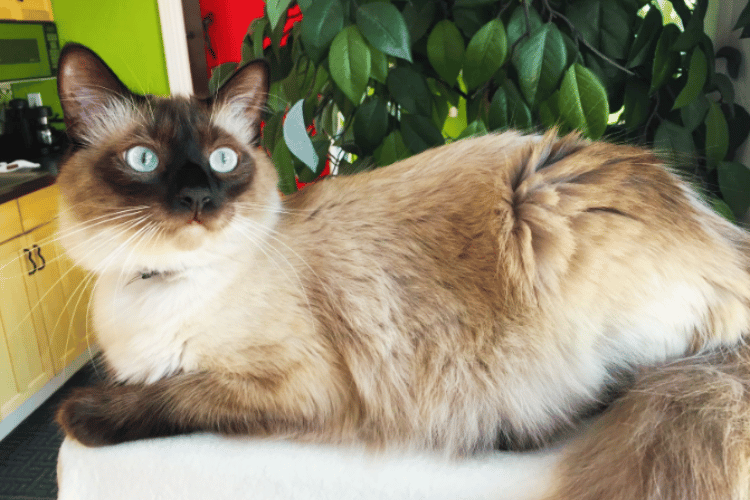
The Connection Between Grooming and Bonding
Grooming sessions can be a wonderful way for cat owners to bond with their pets. The physical contact and attention can be comforting to cats, and it allows owners to spend quality time with their companions. This bonding can lead to a more trusting and affectionate relationship.
Selecting the Best Brush for Your Cat
Choosing the right brush for your short hair cat is crucial. Consider factors such as the size of the brush head, the length of the bristles, and the overall comfort for your cat. The best cat brushes will be those that effectively remove loose hair while being gentle on the cat's skin.
The Impact of Grooming on a Cat's Well-being
Grooming has a direct impact on a cat's physical and emotional well-being. A well-groomed cat is likely to be more comfortable and content, as grooming helps to keep their coat free from irritants and allows them to self-groom with ease.
Innovative Grooming Tools for Modern Cat Parents
The market for cat grooming tools is constantly evolving, with innovative products like self-cleaning slicker brushes and double-sided brushes making the process easier and more efficient. The Hertzko Self Cleaning Slicker Brush, with its easy-to-clean design, is a prime example of such innovation.
Understanding Your Cat's Grooming Preferences
Every cat is unique, and their grooming preferences can vary. Some may enjoy the sensation of a slicker brush, while others may prefer a softer touch. Observing your cat's reactions during grooming sessions can help you tailor the experience to their liking.
The Role of Grooming in Overall Cat Care
Grooming is an integral part of overall cat care. It complements other aspects of care such as feeding, exercise, and veterinary check-ups. By prioritizing grooming, cat owners can ensure their pets remain healthy, happy, and looking their best.
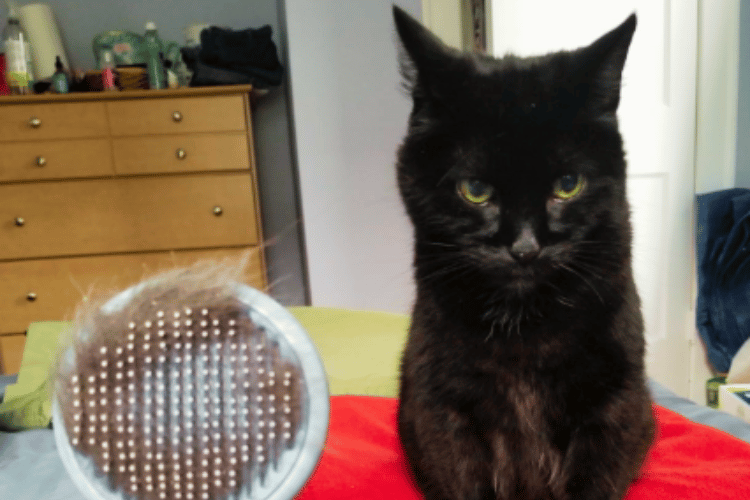
How to Handle Sensitive Areas During Grooming
When grooming your cat, it's important to be mindful of sensitive areas such as the belly, ears, and around the eyes. Use a gentle touch and possibly a different tool, like a soft-bristled brush or grooming gloves, to navigate these areas without causing discomfort.
The Do's and Don'ts of Cat Grooming
Understanding the do's and don'ts of cat grooming can prevent accidents and ensure a pleasant experience for your cat. Do be patient and gentle, and don't rush the process. Do use the right tools, and don't ignore your cat's signals of discomfort.
Summary
Grooming your short hair cat is a vital part of their care routine. While slicker brushes can be used on short hair cats, it's important to choose the right type and use it with a gentle technique. There are also various other grooming tools that may be more suitable for your cat's specific needs.
Regular grooming not only keeps your cat's coat healthy but also provides an opportunity for bonding and can improve their overall well-being. By understanding your cat's preferences and establishing a consistent grooming routine, you can ensure that your feline friend remains comfortable and happy.
FAQ Section
How often should I brush my short hair cat?
Short hair cats typically require brushing once or twice a week to remove loose hair and maintain a healthy coat.
Can a slicker brush hurt my cat?
If used with too much pressure or on sensitive skin, a slicker brush can cause discomfort. It's important to use a slicker brush gently and choose one that's designed for short hair cats.
What are some signs that my cat is not enjoying the grooming session?
If your cat is hissing, swatting, or trying to escape, these are clear signs that they are not enjoying the grooming session. It's important to stop and try again later, possibly with a different tool or approach.
Thank you for visiting LegitLists we hope this helps you make a legitimate choice!






